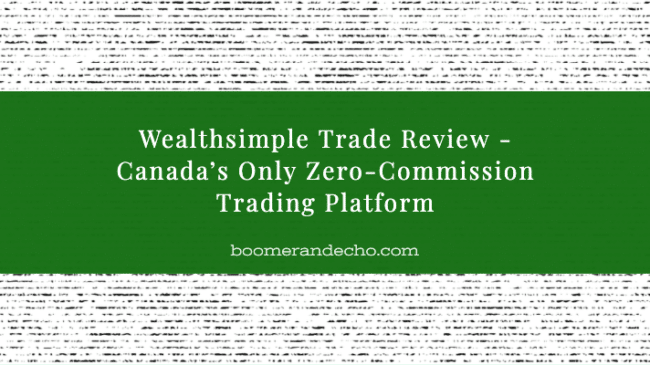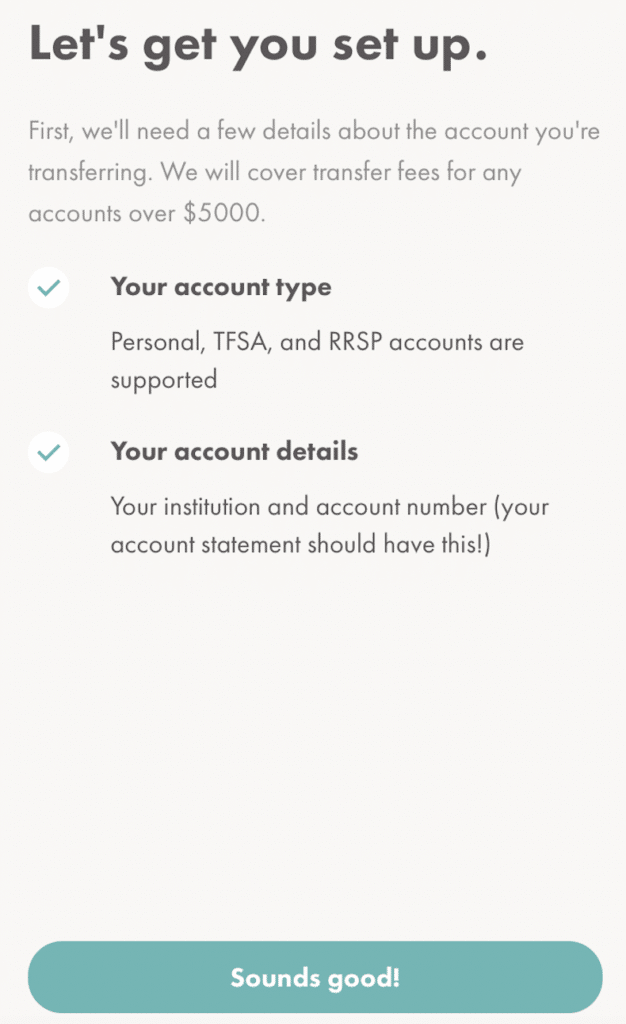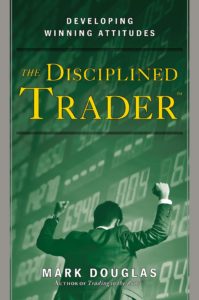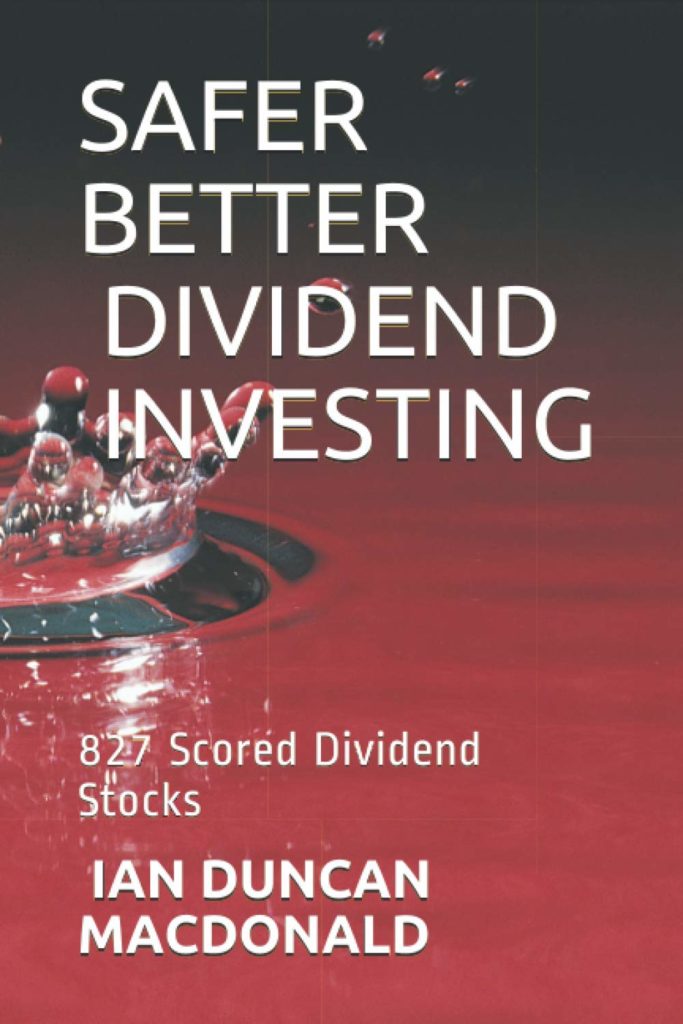
Wealthsimple Trade is Canada’s first and only zero-commission trading platform. In this Wealthsimple Trade review I’ll explain how you can buy AND sell from among the thousands of stocks and ETFs listed on North American exchanges without paying any fees.
I first heard about Wealthsimple Trade in 2018 when it was announced as a new self-directed investing platform that lets investors buy and sell stocks and ETFs with no trading commissions. They invited users to join a wait list and, once they attained a critical mass (130,000 participants), rolled out a beta version for users to test the platform and offer feedback.
Wealthsimple Trade officially launched in March 2019 and at that time only supported non-registered trading accounts. Later that year, the platform added RRSP and TFSA account types to its lineup. That’s when I became interested in the platform for my own self-directed investing needs.
Get a $10 cash bonus and commission-free trades when you open a Wealthsimple Trade account and deposit and trade at least $100 worth of stock.
Why I switched to Wealthsimple Trade
I’ve held my investments at TD Direct Investing since 2009. It was out of convenience, more than anything, since I had banked with TD since I was a teenager. Back then trades disgustingly cost $29 per transaction. Today, they’re still a painful $9.99 per trade. I had enough when I noticed I paid a total of $190 in trading commissions with TD last year. No more.
I opened a Wealthsimple Trade account on January 13 2020, with the goal to bring my trading commissions down to zero. That same day, I initiated the transfer of my entire RRSP and TFSA account balances. Both of these accounts were invested in Vanguard’s all-equity balanced portfolio – VEQT – and so I requested an in-kind transfer which simply transferred the shares from TD to Wealthsimple Trade without first having to sell them.
An email from Wealthsimple suggested an expected wait time of up to five weeks to complete a transfer request with TD. But to my surprise I noticed the funds in my Wealthsimple Trade account on January 21 2020: just seven business days later.
Now that you have the back story, let’s take a look at the platform.
About Wealthsimple Trade
As mentioned, Wealthsimple Trade launched in March 2019 as Canada’s first and only zero-commission trading platform. It’s a separate, yet complementary service to Wealthsimple’s main business as Canada’s top robo advisor. With offices in Canada, the U.S., and the U.K., Wealthsimple manages more than $5 billion in assets worldwide.
Related: How to transfer your RRSP to Wealthsimple
Automated investing through a robo-advisor isn’t for everyone. Some investors want to take the reins themselves, build their own custom portfolio, and make trades in their own self-directed account. Enter Wealthsimple Trade.
While most online brokerages charge $9.99 per trade, Wealthsimple Trade doesn’t charge anything to buy and sell stocks or ETFs. It doesn’t charge account fees or have any account minimums to get started.
To get the costs down to the bare minimum (zero) the platform strips out all of the expensive bells and whistles. You won’t find cutting edge research or real-time quotes (there’s a 15-minute lag). Wealthsimple Trade also started out as a mobile app – on your smart-phone or tablet – with no desktop platform access. That, thankfully, has changed and Wealthsimple Trade now offers desktop access (January 2021):
But for self-directed investors who want to build a simple low-cost portfolio of index ETFs, and who want to contribute frequently without getting dinged each time they buy or sell, Wealthsimple Trade is the perfect platform.
Signing up and opening an account
How do you open an account? Easy. Download the Wealthsimple Trade app on your Apple or Android device and select ‘Get Started’. From there, follow the prompts to enter your information and agree to your account documents.
Note that even though the Wealthsimple Trade app is NOT connected at all to the Wealthsimple robo advisor platform: existing Wealthsimple clients can skip some of the preliminary questions.
Here’s what you’ll need to get started:
- Full Name, Email, Mailing Address, Phone number, Date of Birth
- Social Insurance Number
- Employment information
There are no account minimums or fees associated with opening the account. To fund it, though, you’ll need to link a chequing or savings account.
Transferring investments to Wealthsimple Trade
Transferring my existing investments to Wealthsimple Trade couldn’t have been easier. As mentioned, I initiated the transfer on January 13, 2020. I entered a few details about the accounts I was transferring, selected the institution (TD) from a list of choices, and snapped a picture of my account statements.


Next, I indicated how I wanted the transfer to take place. Typically, you can choose to transfer funds in cash, meaning your institution sells your current holdings and then moves the money. If you go this route, you may incur DSC or trading fees. Note that your contribution room or taxes won’t be affected when you transfer a non-taxable account like an RRSP or TFSA.
Instead, I chose to transfer my account in-kind or “as-is.” This means your institution transfers your entire account. Note that Wealthsimple Trade only accepts the transfer of stocks and ETFs. You’ll have the option to sell non-eligible assets like mutual funds, bonds, or options, or leave them with your institution.
As I said earlier, the entire transfer process took just seven business days. Your mileage may vary.
Using Wealthsimple Trade
Wealthsimple Trade works like any other online brokerage, with the exception that it’s a mobile-only platform. There’s no desktop support. Continue Reading…








